When you arrive in China and take part in social gatherings – especially during meals or while drinking – you might notice locals lightly tapping the table with their fingers. This seemingly simple act carries deep cultural meaning and serves as a unique way to express gratitude.
This subtle gesture is called Table Tapping. It’s more than just a random habit, also a traditional way of saying “thank you” without words. But where does this custom come from, and how should you use it correctly?
Table of Contents
The Origin of Table Tapping
There are several stories surrounding the origin of table tapping, but one of the most popular and interesting versions dates back to the Qing Dynasty.
Emperor Qianlong, who reigned for 60 years and continued to influence affairs for three more after abdicating in favour of his son, not to surpass his grandfather’s reign of 61 years, was known for his fondness for travelling incognito. His reign, the longest of any emperor in Chinese history, gave rise to numerous folk tales.
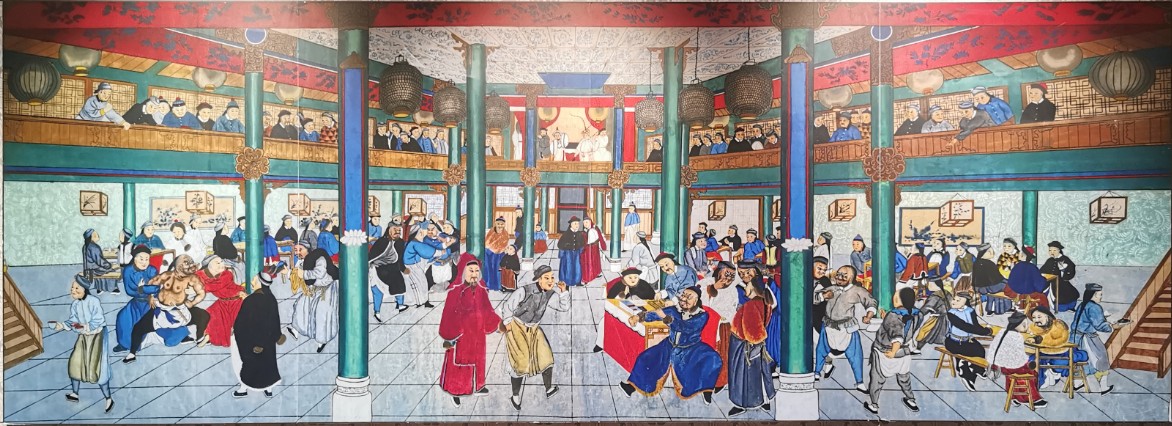
On one such undercover trip, Qianlong poured tea for his attendants in a teahouse. They found themselves in a dilemma – kneeling to show gratitude would reveal the emperor’s identity. To solve this, they bent their fingers and tapped the table, mimicking a kneeling gesture in a discreet and respectful way. This clever solution soon spread among the people and became an enduring part of Chinese etiquette.
Another explanation links table tapping to the evolution of traditional bowing and kneeling rituals. In the past, younger people expressed respect to their elders through formal bows or by kneeling. As social customs became more relaxed, these elaborate gestures were gradually replaced by more subtle ones, such as tapping fingers on the table, which still convey respect without the need for formality.
There’s also the view that in noisy teahouses, repeatedly saying “thank you” aloud wasn’t practical. A quick tap on the table became a more efficient and polite way to show appreciation.
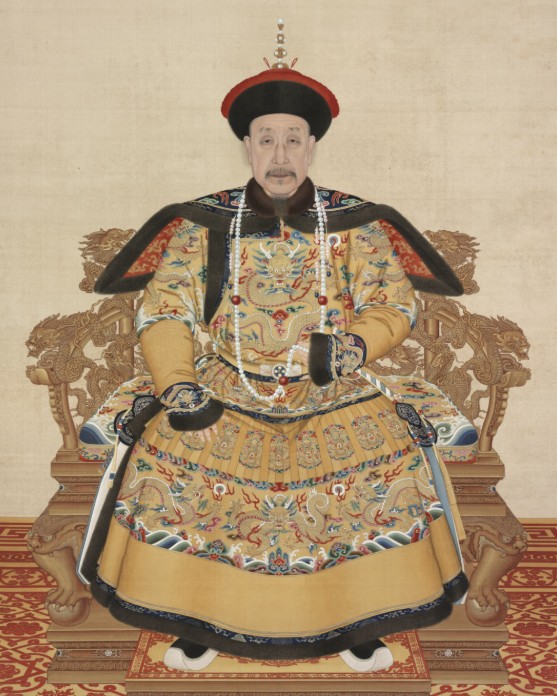
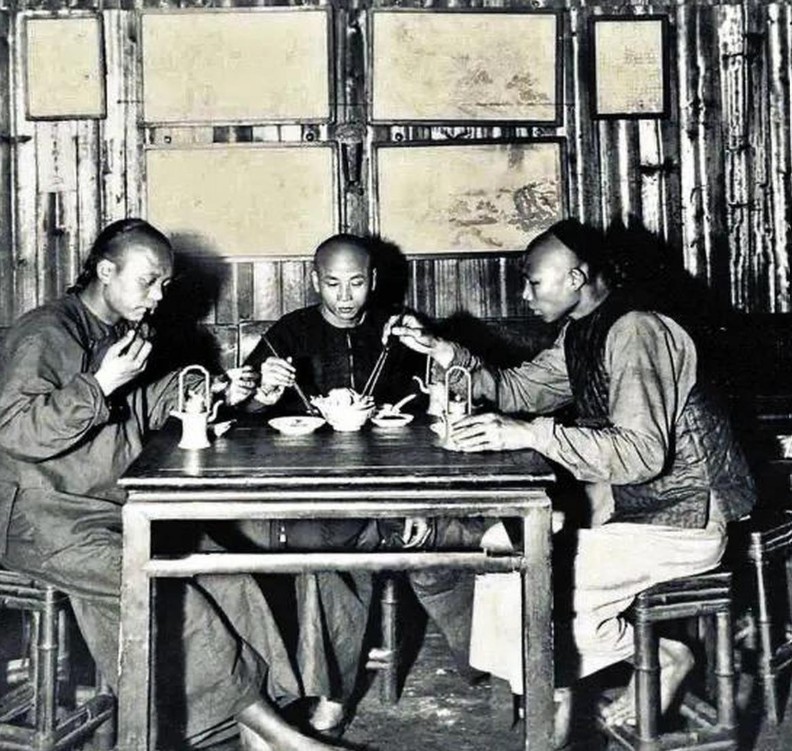
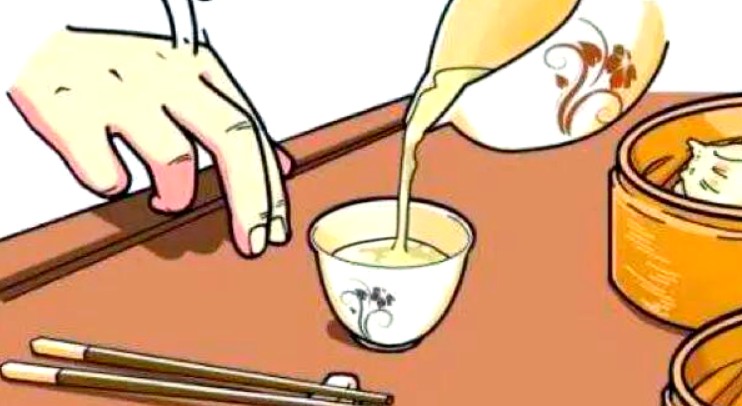
The Rules of Table Tapping
So, how should you tap the table properly? In fact, the way you tap varies depending on your relationship with the person pouring your tea or wine.
When someone older or of higher status serves you, you should form a fist with your palm facing down and gently tap the table three times. This gesture symbolises the traditional act of “Kowtowing” (叩头) in a “Wu Ti Tou Di” (五体投地) way – placing both hands, both knees, and the head on the ground as a deep sign of respect. The five knuckles of your clenched fist represent these five contact points, expressing reverence towards the person serving you.
If a friend or peer pours your drink, extend your index and middle fingers and tap the table two or three times. This gesture resembles the traditional cupped-hand salute and conveys warm thanks in a more casual, friendly manner.
When someone younger or of lower rank pours for you, a single tap with one finger – usually the index or middle finger – is enough. This simpler gesture maintains the distinction of status while still acknowledging and appreciating their effort.
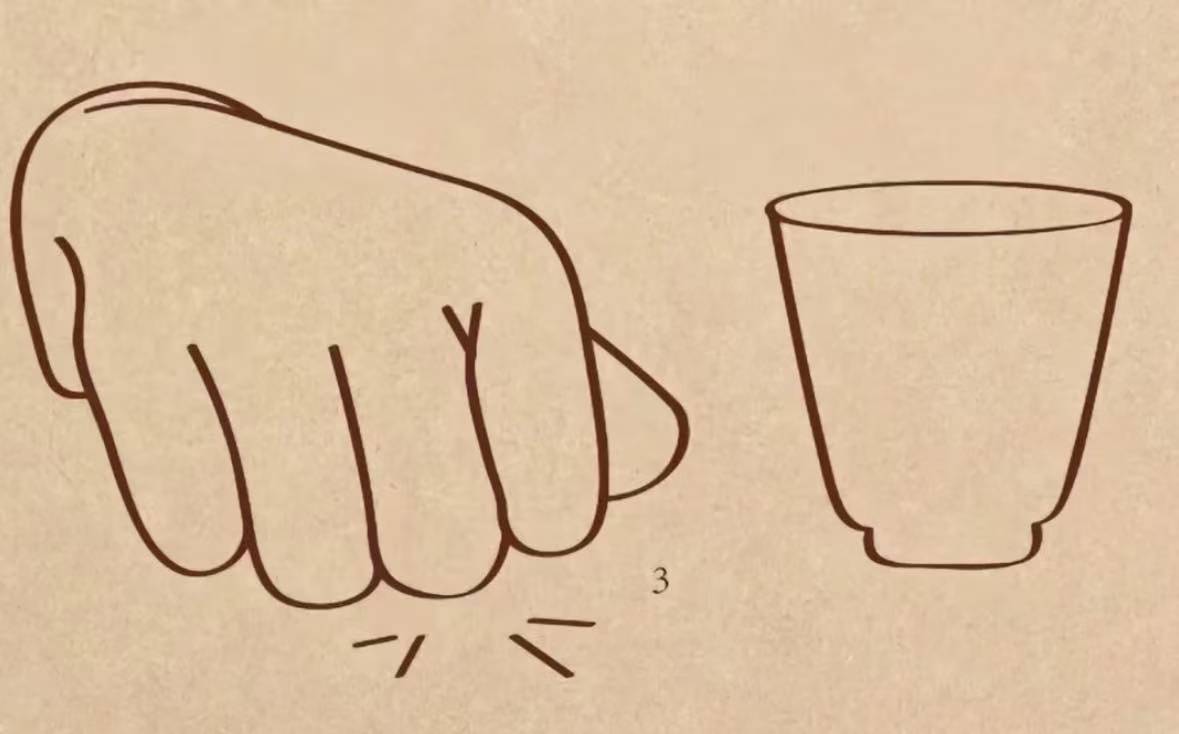
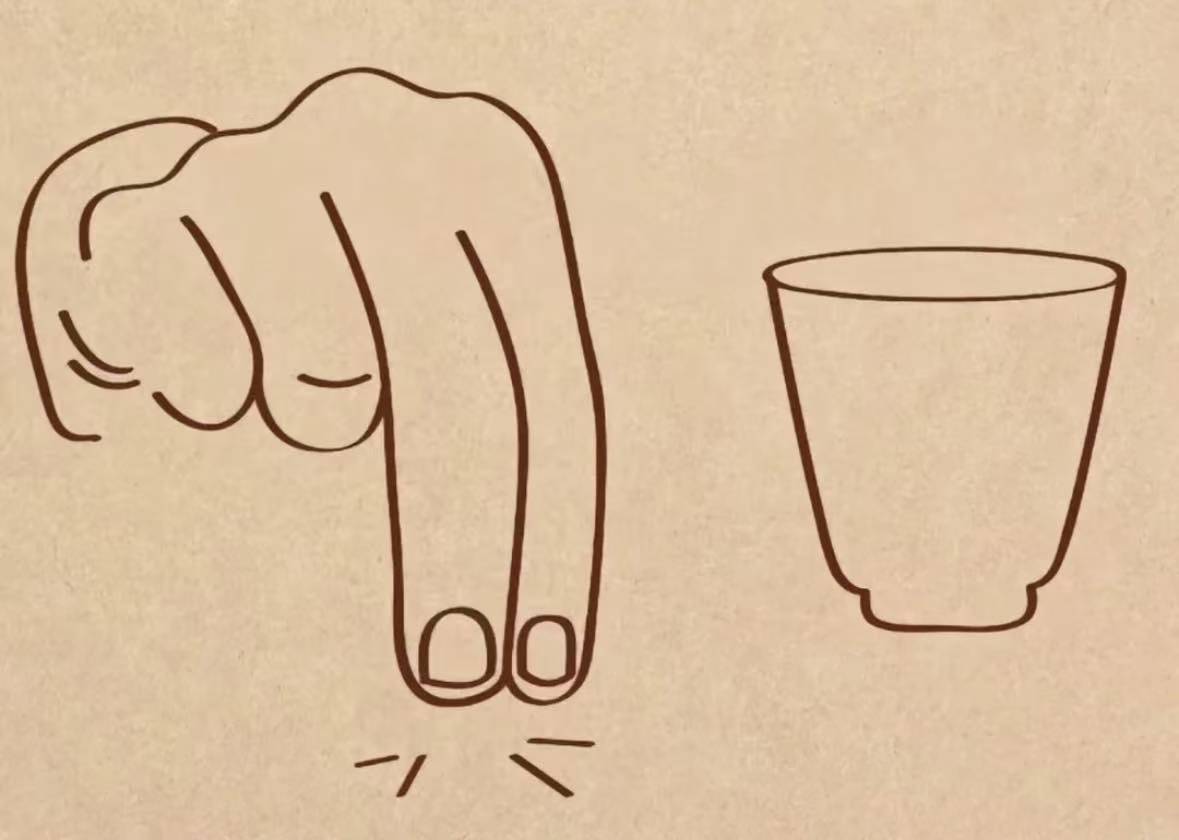
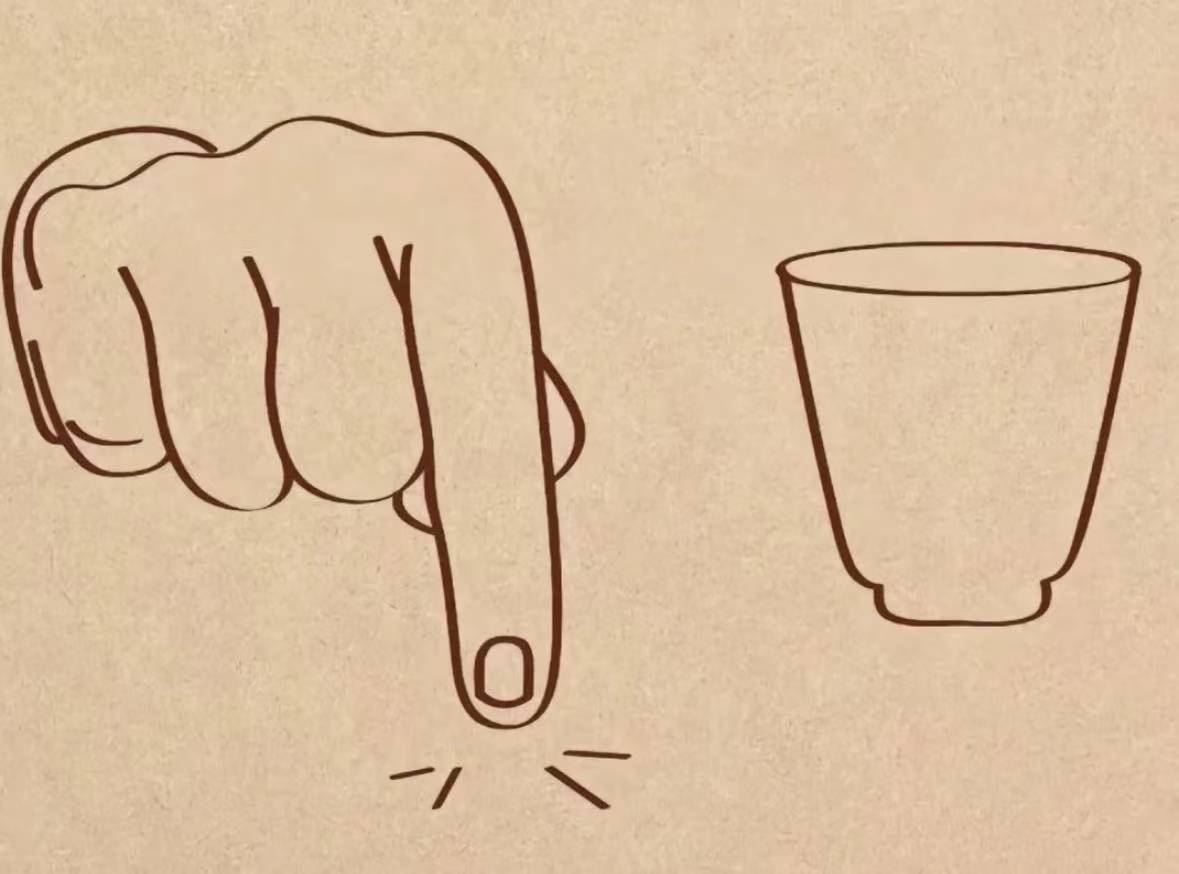
Regional Differences in Table Tapping
China is a vast country with rich regional diversity, and table tapping is no exception to this cultural variety.
In southern regions like Guangdong and Fujian, the finger tapping gesture is deeply rooted and often observed with care. By contrast, in the north, people tend to favour verbal expressions of thanks or formal toasting rituals, and the gesture may be less familiar. So, if you tap the table while drinking with a friend from northern China and they look puzzled, don’t be surprised.
In modern China, many young people simplify the practice by using a single-finger tap as a universal way of saying “thank you”, regardless of the relationship.
Conclusion
Table tapping reflects the subtle nature of Chinese social culture, conveying respect and humility. When you travel to China with YPT and someone pours you tea or Baijiu, why not give it a try? It’s a clever and respectful way to connect with the locals.
Click here to learn more about YPT’s China Tour.





